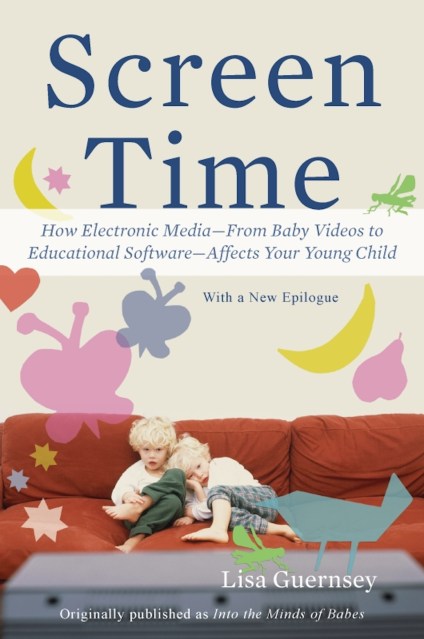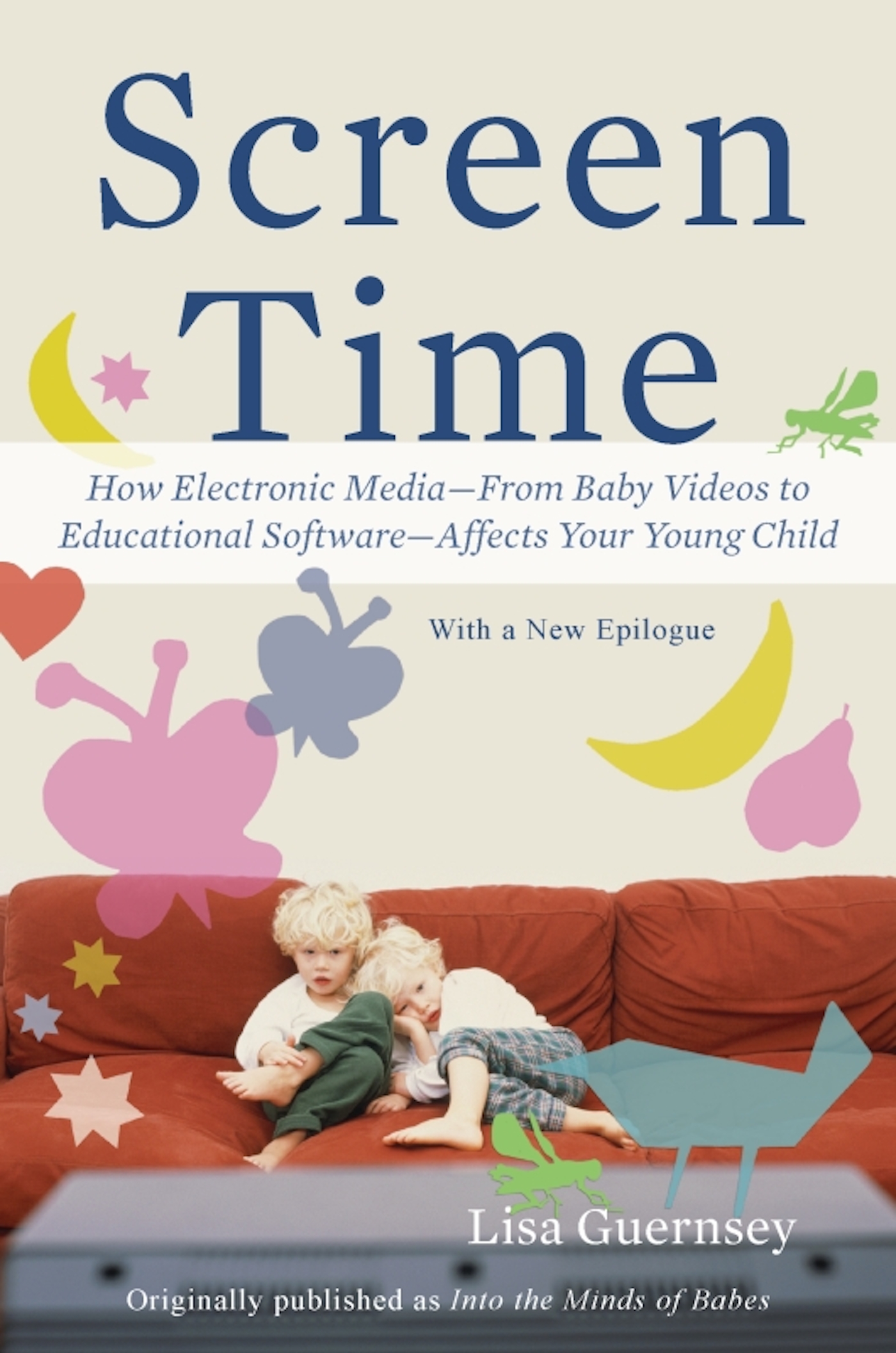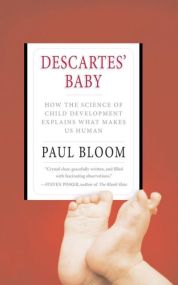Promotion
Use code BEST25 for 25% off storewide. Make sure to order by 11:59am, 12/12 for holiday delivery!
By clicking “Accept,” you agree to the use of cookies and similar technologies on your device as set forth in our Cookie Policy and our Privacy Policy. Please note that certain cookies are essential for this website to function properly and do not require user consent to be deployed.
Screen Time
How Electronic Media-From Baby Videos to Educational Software-Affects Your Young Child
Contributors
Formats and Prices
- On Sale
- Mar 20, 2012
- Page Count
- 320 pages
- Publisher
- Basic Books
- ISBN-13
- 9780465031344
Price
$10.99Price
$13.99 CADFormat
Format:
ebook (Digital original) $10.99 $13.99 CADThis item is a preorder. Your payment method will be charged immediately, and the product is expected to ship on or around March 20, 2012. This date is subject to change due to shipping delays beyond our control.
Buy from Other Retailers:
< Advocating a new approach to television and DVDs, Guernsey focuses on infants to five-year-olds and goes beyond the headlines to explore what exactly is &"educational"; about educational media. She examines how play and language development are affected by background and foreground television and how to choose videos that are age-appropriate. She explains how to avoid the hype of “brain stimulation"; and focus instead on social relationships and the building blocks of language and literacy. Along the way, Guernsey highlights independent research on shows ranging from Dora the Explorer to Dragon Tales, and distills some surprising new findings in the field of child development. Into the Minds of Babes is a fascinating book that points out how little credible research exists to support the AAP’s dire recommendation. Parents, teachers, and psychologists will be relieved to learn positive approaches to using videos with young children and will be empowered to make their own informed choices.
Genre:
Newsletter Signup
By clicking ‘Sign Up,’ I acknowledge that I have read and agree to Hachette Book Group’s Privacy Policy and Terms of Use






